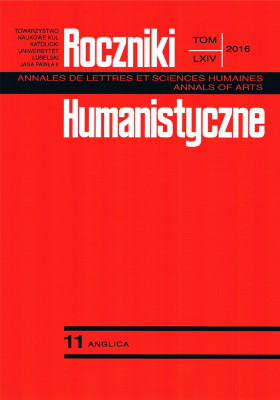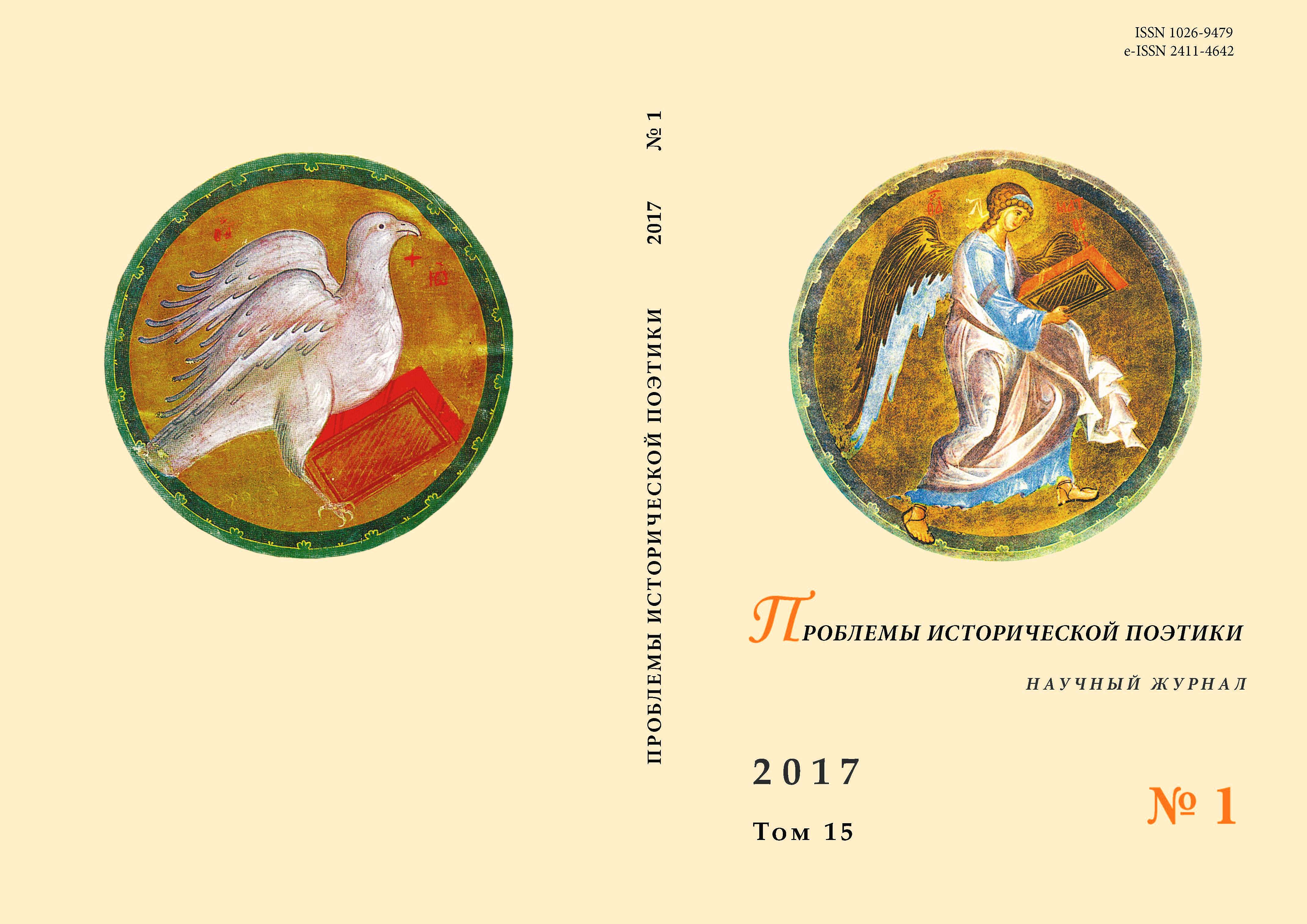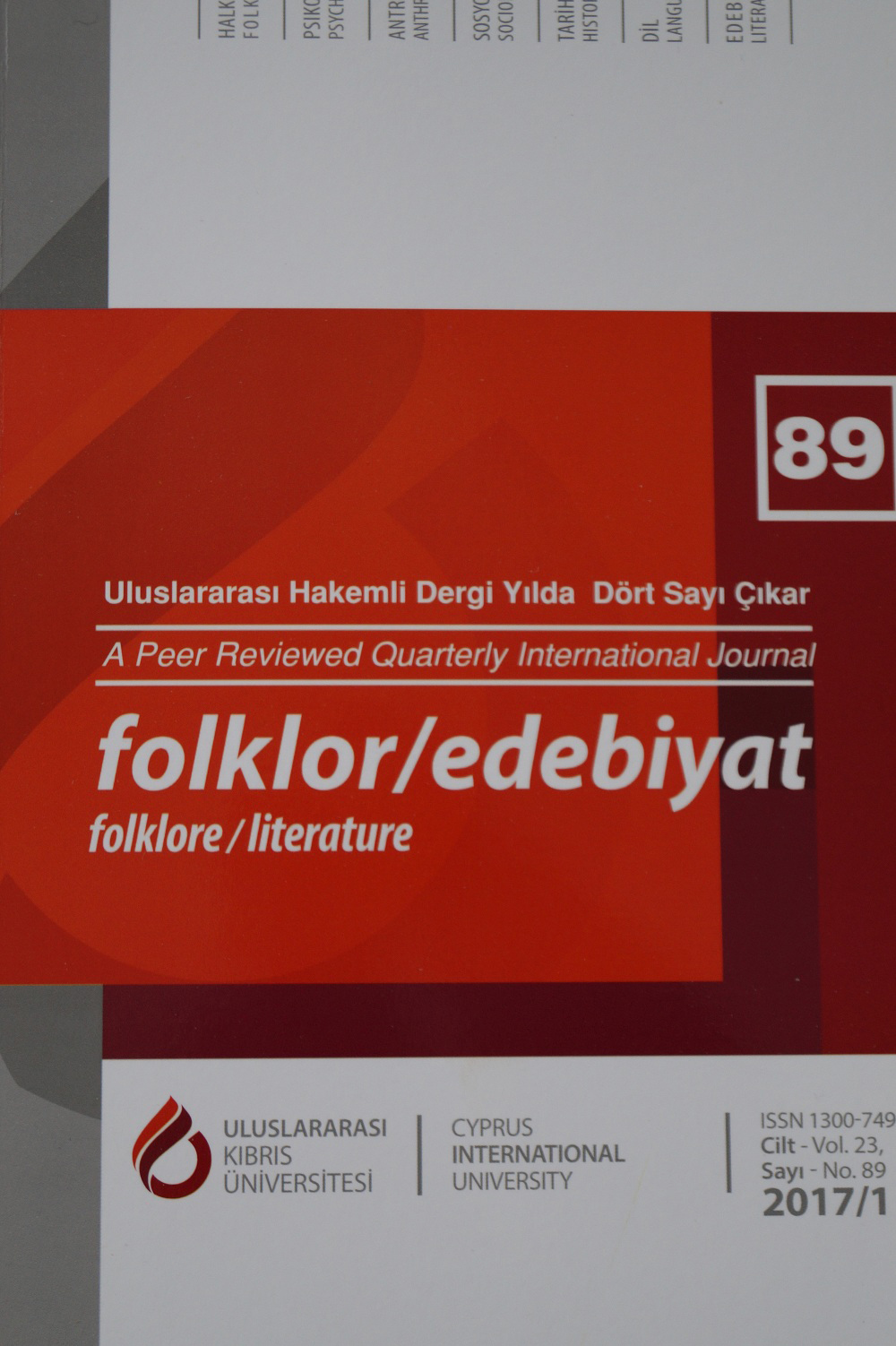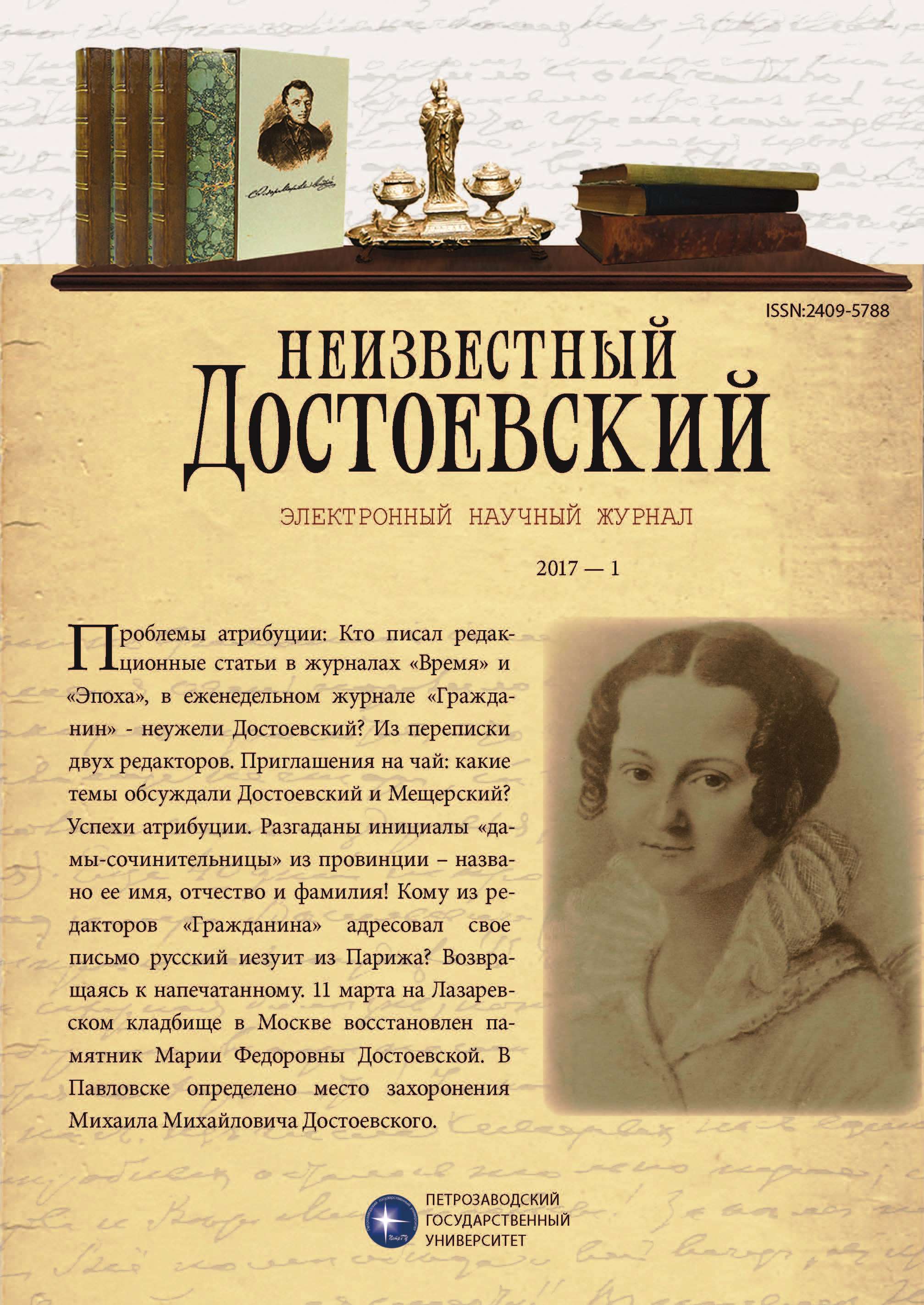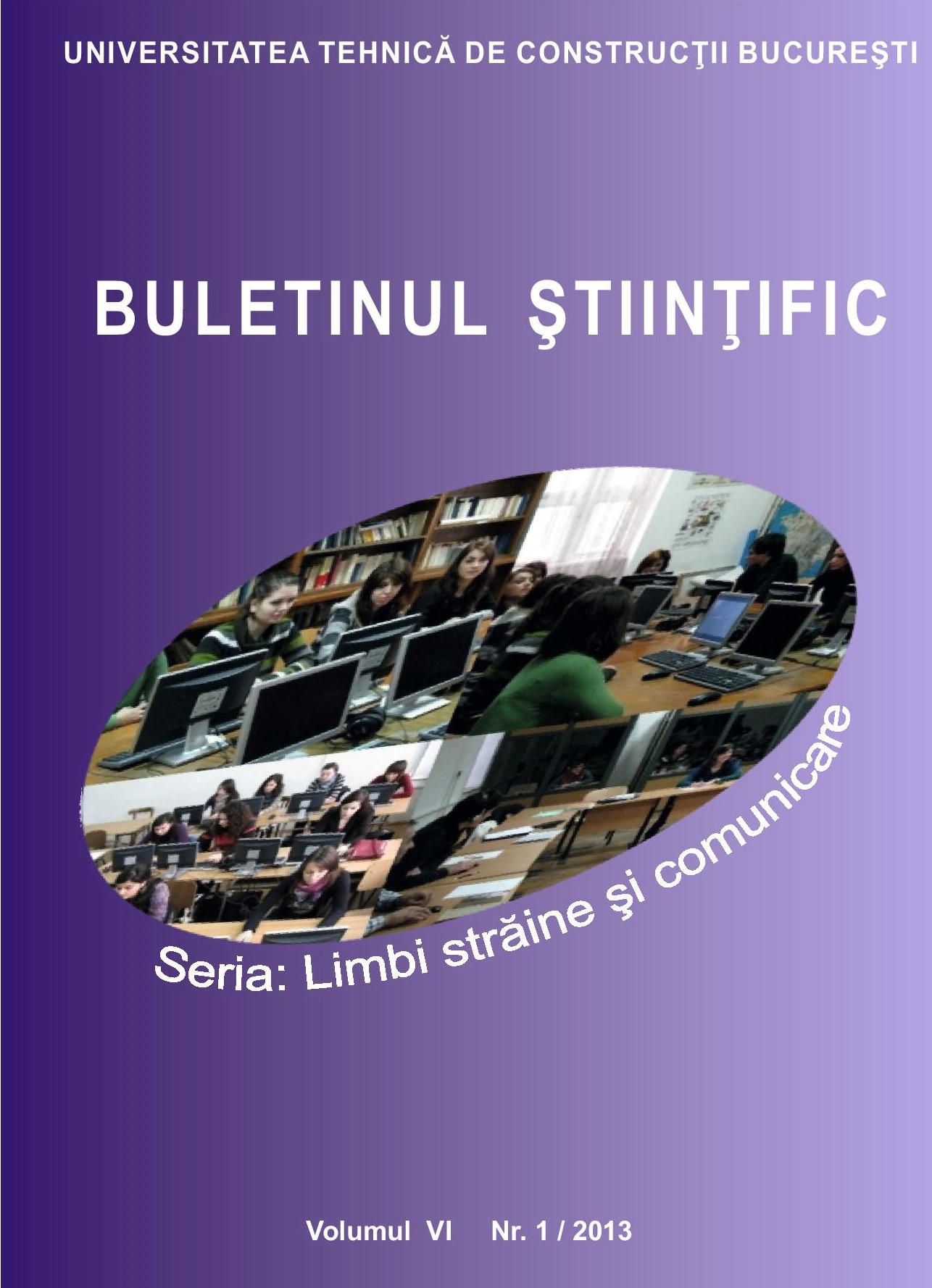
REPRESENTATIONS OF LONDON IN VIRGINIA WOOLF, GRAHAM SWIFT AND HANIF KUREISHI
The purpose of this study is to examine how the city of London is represented in the novels of the three authors. Virginia Woolf, Graham Swift and Hanif Kureishi belong to two different epochs, and one can say the same for the London image depicted in their novels. The article examines the differences between the modernist and postmodernist representations of the city. It will also focus on the lyricism found in the descriptions of London and in the way the city is reflected in the consciousness of the characters.
More...
